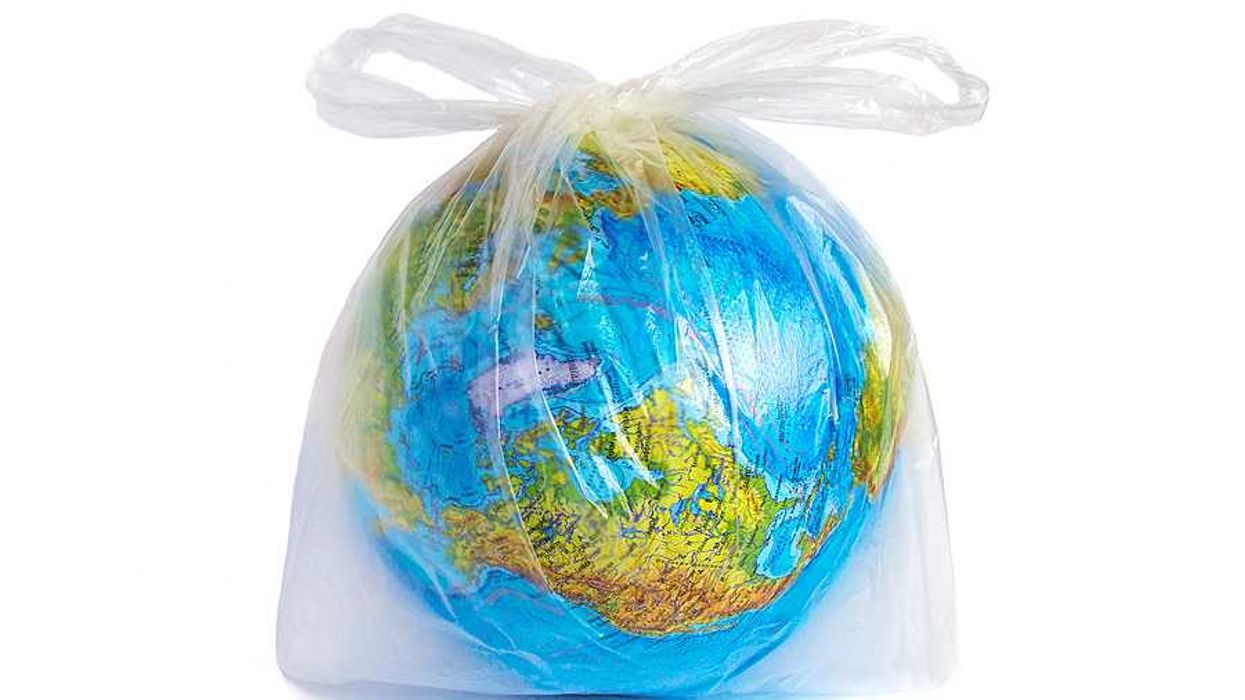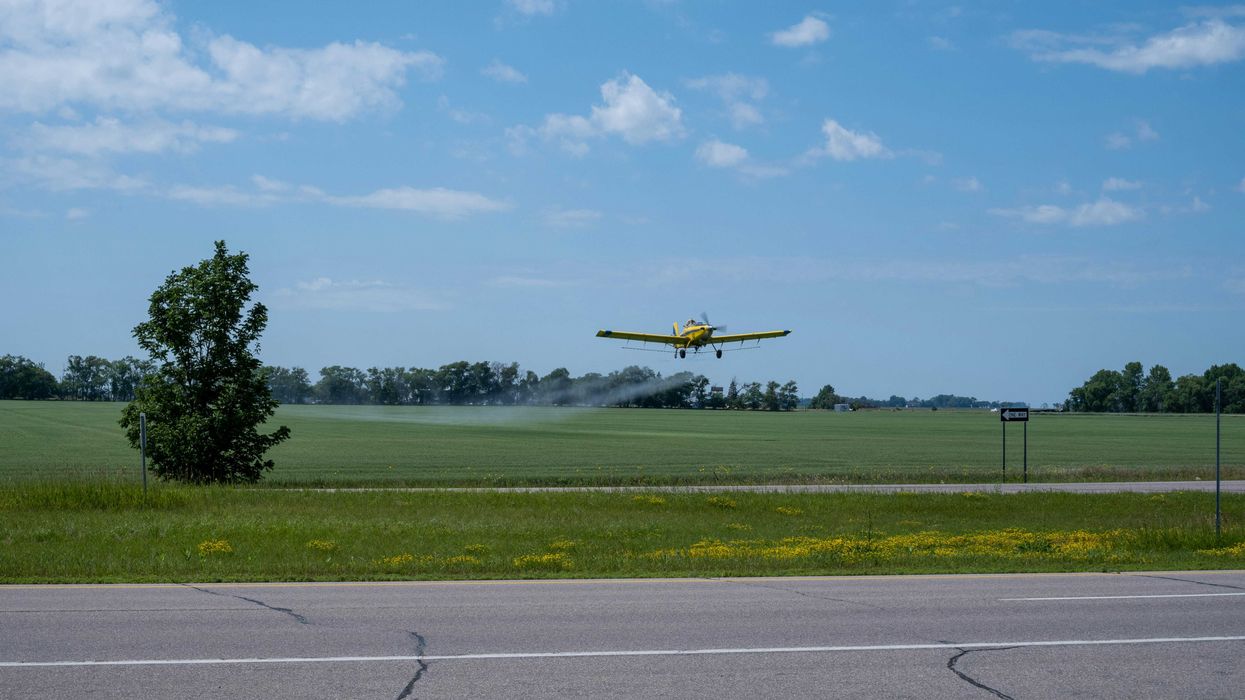Republican legislators and Democratic Gov. Tony Evers have introduced rival proposals to address PFAS contamination in Wisconsin, with differences in funding, landowner protections, and cleanup responsibilities.
Laura Schulte reports for the Milwaukee Journal Sentinel.
In short:
- Evers' plan allocates $145 million for PFAS treatment, groundwater standards, bottled water, and new wells, along with funding for Department of Natural Resources (DNR) oversight.
- Sen. Eric Wimberger's proposal would use an existing $125 million PFAS trust fund for testing, treatment, and landowner protections but lacks new funding for cleanup.
- The two sides disagree over how to define and protect "innocent landowners," with environmental advocates warning that Wimberger’s approach could shift cleanup costs to the state.
Key quote:
"That's very problematic. It will, in effect, create gaps in cleanup and that is not OK."
— Rob Lee, staff attorney for Midwest Environmental Advocates
Why this matters:
PFAS, used in everything from firefighting foam to nonstick cookware, have been linked to serious health risks, including cancer, immune system suppression, and reproductive issues. In Wisconsin, the presence of PFAS in drinking water has sparked debate but little action. Lawmakers remain at an impasse over how to address contamination, particularly when it comes to funding cleanup efforts and determining who is responsible. Meanwhile, communities with tainted water sources face the possibility of long-term exposure, with no clear solution in sight.
The debate reflects broader tensions nationwide, as states struggle to regulate chemicals that are still largely unaddressed at the federal level. While the Biden-era EPA proposed new limits on PFAS in drinking water, enforcement remains a challenge, and for many Wisconsin residents, relief may still be far off.














